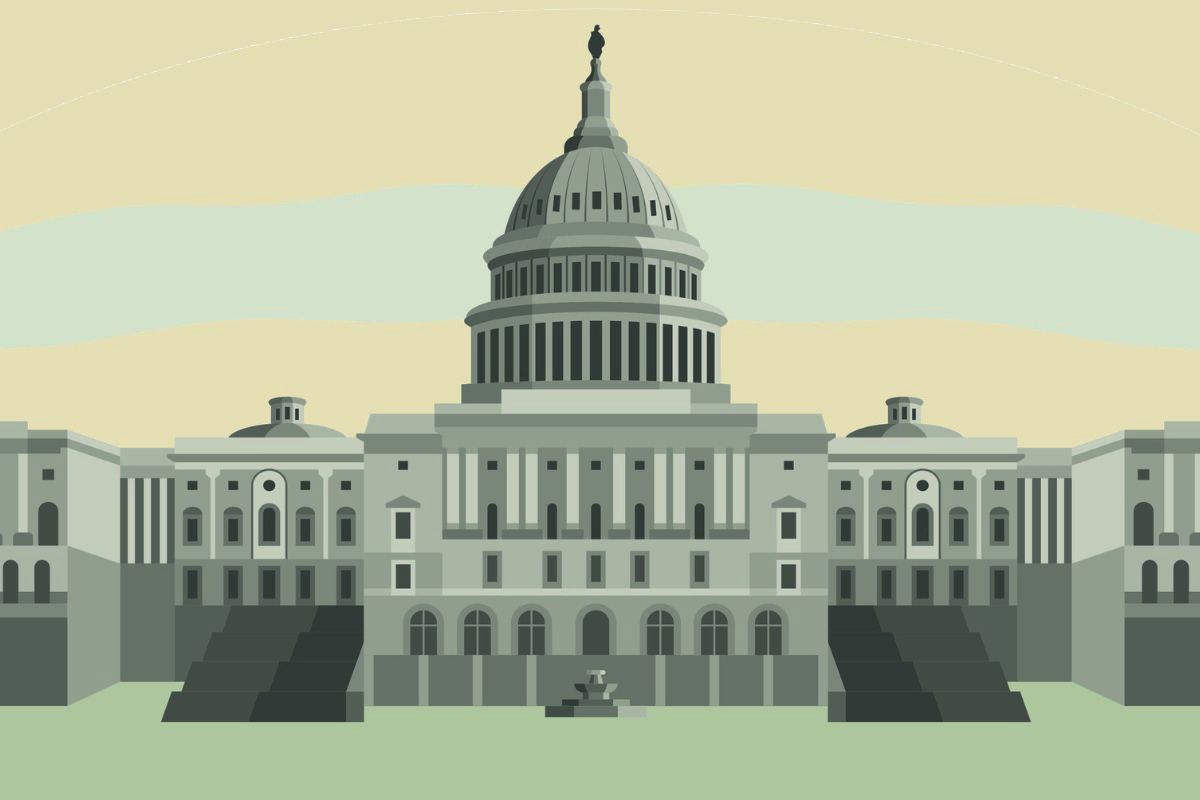
With the X-date looming for when the U.S. government could default on its bonds and welch on paying other obligations due to the standoff over raising the federal debt ceiling, there is scant panic among pension plans.
While they have little to say publicly about the prospect of a default, one CIO said, “We have enough liquidity to get through this, and we think [the impasse in Washington] will be resolved quickly.”
Typically, plans exude an outward calm. A spokeswoman for the California Public Employees’ Retirement System said the CalPERS investment team is “closely monitoring and considering responses, but it is too soon to say what those responses might be.”
The worst-case scenario is that if the GOP-controlled House of Representatives and the Democrat-held White House cannot agree to a solution, then capital markets will crater, investments will plummet and a recession will erupt.
But to Chris Ailman, CIO of the California State Teachers’ Retirement System, little cause for alarm exists. In a May 5 appearance before his plan’s investment committee, Ailman said a default “would not portend a huge crash.” He noted that the U.S. dollar remains the world’s reserve currency and is still strong: Over the past month, it has gained 0.13% against a basket of other denominations.
Certainly, Ailman cautioned, a default risks further deterioration of the U.S. credit rating. After the last battle over the debt limit in 2011, when the government came within hours of defaulting before an agreement was struck, Standard & Poor’s stripped the nation of its top rating. S&P was unsettled that Congress would come so close to defaulting.
In 2023, the two other major rating agencies could follow suit, even if another last-minute resolution appears. “This time there would be some serious downgrades,” said Ailman, who did not elaborate on what CalSTRS was doing to prepare for a default.
There is talk of allocators boosting their hedges against a cataclysmic outcome to this controversy. But no concern has appeared that pension programs would be unable to pay their retirees.
Celia Dallas, chief investment strategist at Cambridge Associates, which advises many plans, indicated plans are confident they “can meet their needs.” The plans, she said, “have adequate liquidity and not just cash.” U.S. pension programs have $2.8 trillion in Treasurys, according to the St. Louis Federal Reserve Bank. And right now, U.S. bonds have lost little in price, meaning investors are hardly dumping them in a panic.
Among public pension plans (assets: $5.6 trillion), equities are almost 43%, fixed income (the bulk of that in Treasury bonds) 21% and cash 2%. All of these asset classes are extremely liquid.
To Jay Love, U.S. chief investment strategist at Mercer Investments, the prospect of a default is “a low probability,” because such deadlocks “almost always get resolved.” If a default happens, it should be over in short order, “and things will drift back to normal.”
Meanwhile, he advises clients to increase their cash holdings to 4% or 5% to be ready for any future problems. Clients “have been resistant” in the past to his notion, he said, “but now we have better yields.”
Related Stories:
What Happens if US Debt Defaults? Just Short-Term Pain, Sages Say
Debt Ceiling Stalemate: End Date for Washington’s Pay Ability May Arrive Sooner
Tags: CalPERS, CalSTRS, Chris Ailman, credit rating, debt ceiling, default, dollar, downgrade, St. Louis Federal Reserve Bank, Standard & Poor’s, Treasury bonds
